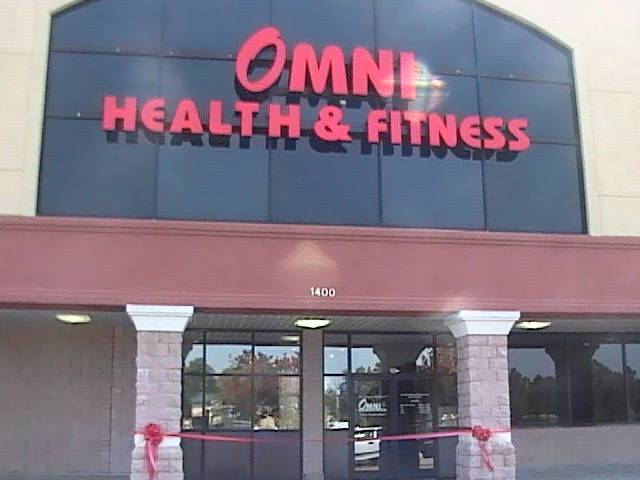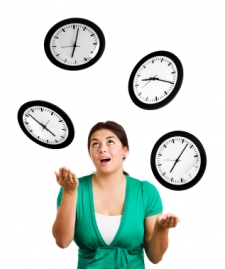I recently had the opportunity to view a webinar given by Michol Dalcourt – educator, author, trainer, and an industry leader in the areas of human movement and performance training. Michol spoke on “Footwear and Function – Views Around Barefoot Training.” Given the explosion of barefoot running and minimalist shoes in recent years, interest in this topic has remained high. Here is some of the information and advice that Michol had to share.
Some foot facts:
- The typical (non-sedentary) worker walks up to 7.5 miles a day
- A busy housekeeper walks close to 10 miles
- The average person walks some 70,000 miles in their lifetime
- About a quarter of the bones in the body are in the foot
- There are 33 joints, 150 ligaments, and 20 muscles in each foot
- The bottom line: The foot has an important function and it can affect the entire body
The book “Born to Run” played a large role in the recent popularity of barefoot running. Footwear such as Vibram Five Fingers has served to perpetuate this trend even further. But is the barefoot style of running actually more efficient and easier on your joints?
I’ve researched this very question for quite some time and, until recently, found few objective opinions and published research on the topic. My own “road tests” and Michol Dalcourt’s most recent webinar both reinforce recent literature that lays out the benefits of this old but new style of running.
As Michol states, using traditional running shoes causes a “two-peak” load where the heel and midfoot strike at different times. Barefoot or minimalist running produces a one-peak strike on the midfoot, thereby producing less impact through the foot and upward through the leg. Additionally, running in this way causes the foot to land underneath the pelvis, leading to less joint compression and eliminating the braking motion of a heel strike in front of the body.
Some tips for buying shoes:
- The heel and forefoot should be at the same height
- Less cushioning actually helps with energy transfer and foot reaction as the foot “feels” the running surface and adapts accordingly
- Ensure there’s adequate space in the forefoot area (toe-box)
- Look for shoes with minimal stiffness (as you twist it)
How to phase into barefoot running:
- Month 1: Wear minimalist shoes in a training environment first (walking, etc.)
- Month 2: Introduce more ballistic movements and plyometrics to improve foot reaction.
- Months 3 – 5: Introduce running on a limited basis
Proper progression is the most important aspect of phasing into barefoot running. Consider your running surface, be sure to take it slow and don’t try to do too much too fast. Allow plenty of rest between your runs, and remember, it’s not just what we wear when we run, but how we run also effects efficiency and injury prevention.
 Great Workout – It’s the Little Things
Great Workout – It’s the Little Things